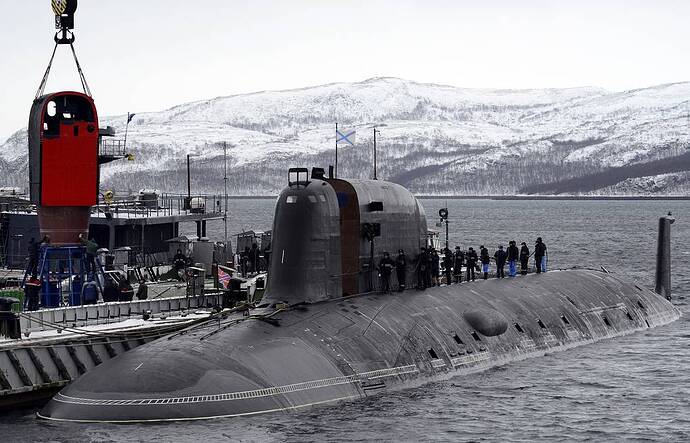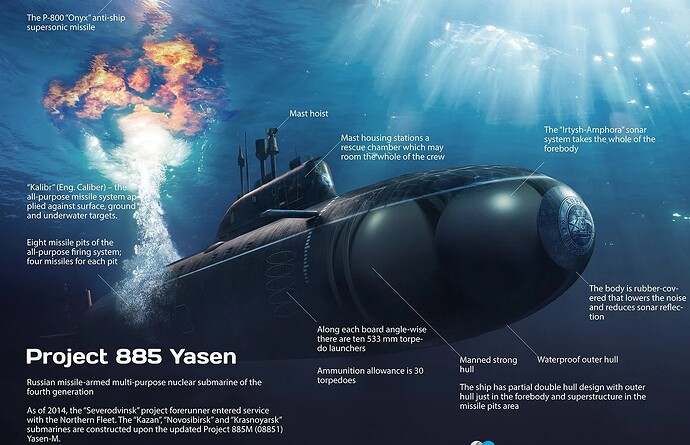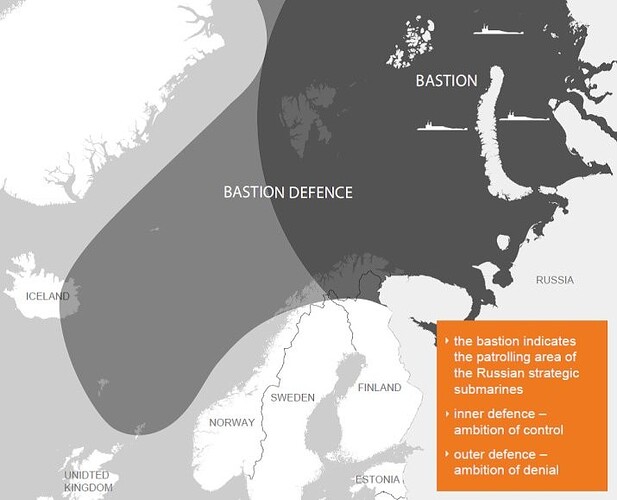‘Apocalyptic Conflict’: Attack On Russian Aircraft In Neutral Airspace Will Be Seen As Declaration Of War — Top Diplomat
A deliberate attack on a Russian aircraft in neutral airspace would be an open declaration of war against a nuclear power. This was announced by Russian Ambassador to Washington Anatoly Antonov.
“Some lawmakers’ calls go far beyond common sense,” he said, commenting on US Senator Lindsey Graham’s (from South Carolina) threats to shoot down Russian planes approaching US aircraft in international airspace.
Earlier, the Russian Defense Ministry published a statement stating that there was no impact between the two aircraft (MQ-9 and Su-27) and that the Reaper drone maneuvered abruptly, losing control and crashing.
The ministry added that the US drone was flying without transponders and entered airspace that the Russian government had designated as restricted following the start of their special military operations.
“The Russian aircraft did not use onboard weapons, did not come into contact with the unmanned aerial vehicle, and returned safely to their home airfield,” the ministry explained.
According to Ambassador Antonov, not the Russian pilots but US politicians are inciting the start of an apocalyptic conflict. We do not seek a conflict with nuclear power. We continue to maintain contacts, including through the Ministry of Defense, to prevent unintentional collisions. I would like American politicians to have the same attitude towards relations with Russia,” the ambassador emphasized.
Ukraine: 3rd Biggest Importer Of Weapons
Ukraine became the world’s third largest arms importer after Qatar and India in 2022, because of Russia’s full-scale invasion last year, according to a recent report by the Stockholm International Peace Research Institute (SIPRI).
The SIPRI report compares weapons sales globally between 2013–17 and 2018–22. It shows that Ukraine imported a few major arms from 1991 until the end of 2021.
However, “as a result of military aid from the USA and many European states following the Russian invasion of Ukraine in February 2022, Ukraine became the 3rd biggest importer of major arms during 2022 (after Qatar and India) and the 14th biggest for 2018–22,” the report by SIPRI stated.
The report noted that the deliveries to Ukraine were mainly second-hand items from existing stocks, including 228 artillery pieces, an estimated 5000 guided artillery rockets from the US, 280 tanks from Poland, and over 7000 anti-tank missiles from the UK.
Some newly produced arms were also delivered to Ukraine, such as air defense systems from Germany, Poland, the UK, and the US. In most cases, one country’s supply of these arms was financed by other countries or the European Union (EU) through its European Peace Facility.
For instance, by the end of 2022, the EU had allocated €3.1 billion for military equipment for Ukraine, according to SIPRI.
Overall, Ukraine accounted for 2 percent of global arms imports in the five years ending in 2022, as per the estimates by experts at SIPRI.
It is also essential to bear in mind that the supply of arms to Ukraine from the West has evolved significantly since the start of the conflict in February last year. While initially, the West was reluctant to fulfill Kyiv’s requests for main battle tanks (MBTs), Ukraine is now slated to receive various Western-made MBTs like the British Challenger-2s, German-made Leopard-2 tanks, and US-made M1A2 Abrams.
The Challenger-2s and Leopard-2s are expected to be delivered to Ukraine by the end of March. So, the scope of the military aid to Ukraine and the value thereof is only poised to increase going ahead.
Arms Shipments To Europe Doubled After Russia’s Invasion Of Ukraine
The Russian invasion of Ukraine pushed Kyiv up the world’s top arms importers and nearly doubled the arms imports into Europe in 2022. However, a considerable portion of those imports was destined for the war-torn nation.
Ukraine alone was the destination for 31 percent of arms shipments to Europe and eight percent of global deliveries in total, according to SIPRI’s data.
However, the rise in arms imports was, in large part, also driven by an increase in spending by European states, including Poland and Norway, because of the rising threat posed by the Russian aggression in Ukraine, and the rate of imports is expected to accelerate further, according to SIPRI.
“The invasion has caused a significant surge in demand for arms in Europe, which will have a further effect and most likely will lead to increased arms imports by European states,” Pieter Wezeman, a senior researcher at SIPRI, told AFP.
However, there was already a surge in arms imports by European countries against the backdrop of Russia’s annexation of Crimea in 2014, and the war in Ukraine only accelerated this trend.
Wezeman further said that European countries have either “already ordered or are planning to” order weapons ranging from “submarines to combat aircraft, from drones to anti-tank missiles, from rifles to radars.”
“Everything is being looked at because the idea is to strengthen military capacity through the whole spectrum of available military technology,” he continued.
Sharp Decline In Russian Arms Export
Over the past five years, the world’s top five exporters of arms remained the US at 40 percent of the global arms exports, followed by Russia at 16 percent, then France and China at 11 and 5 percent, respectively, and Germany at 4 percent.
Together, these countries account for a third of all global exports.
However, there has been a sharp decline in the volume of Russian arms exports, particularly in the years 2020, 2021, and 2022, according to SIPRI, which suggests that these export volumes are only likely to decrease as several states decide to move away from Russian arms.
For instance, India, the largest buyer of Russian arms in 2013-17, imported 37 percent less from Russia between 2018-22.
Also, multilateral sanctions by the West on Russia, including various trade restrictions and the pressure from the US and its allies on countries not to purchase Russian-made arms, have impaired Moscow’s efforts to export arms.
The Russian invasion of Ukraine is likely to exacerbate this trend. The conflict will constrain Russia’s ability to export arms, as it will probably prioritize the production of arms for its military over those intended for export.








